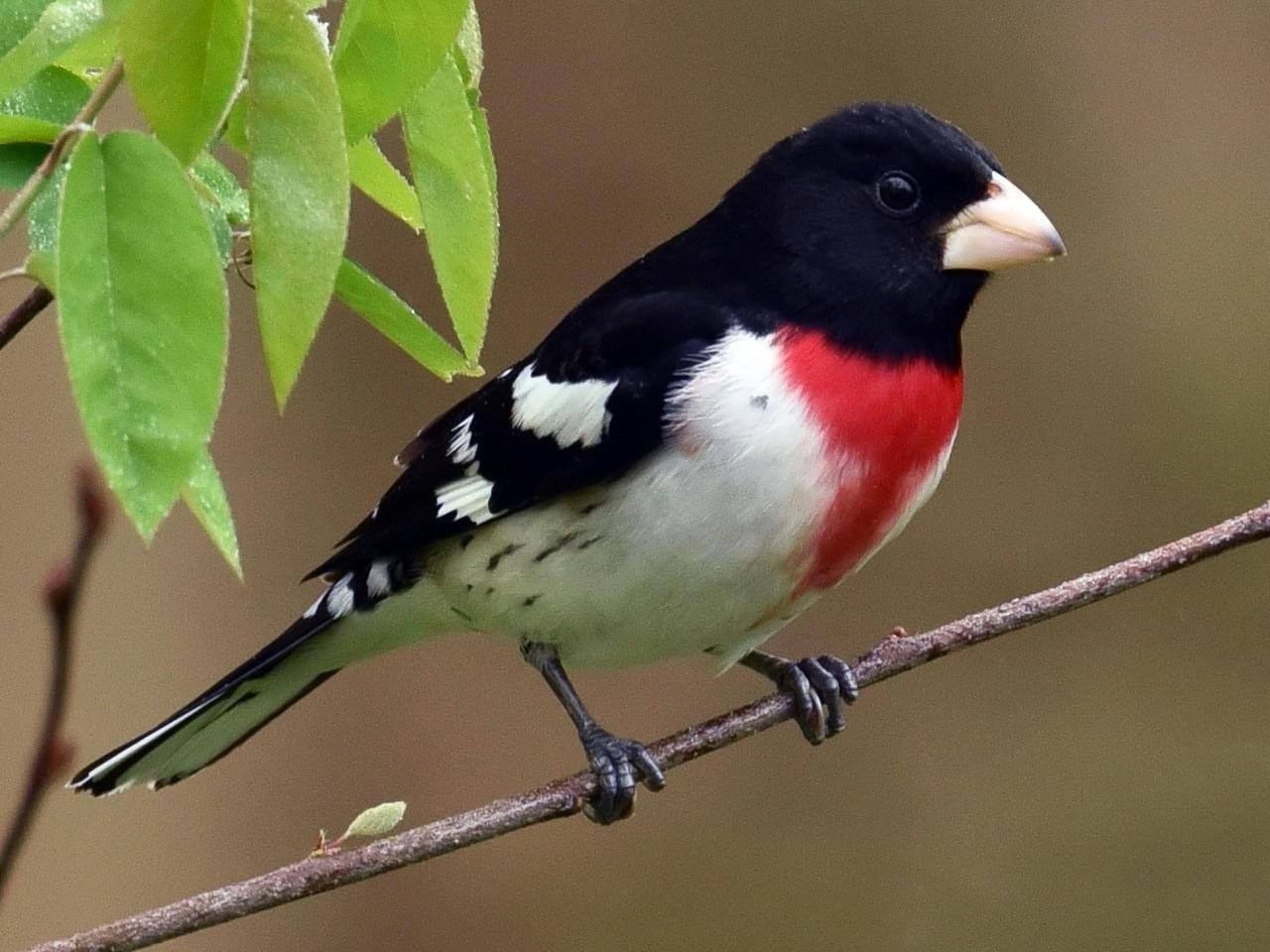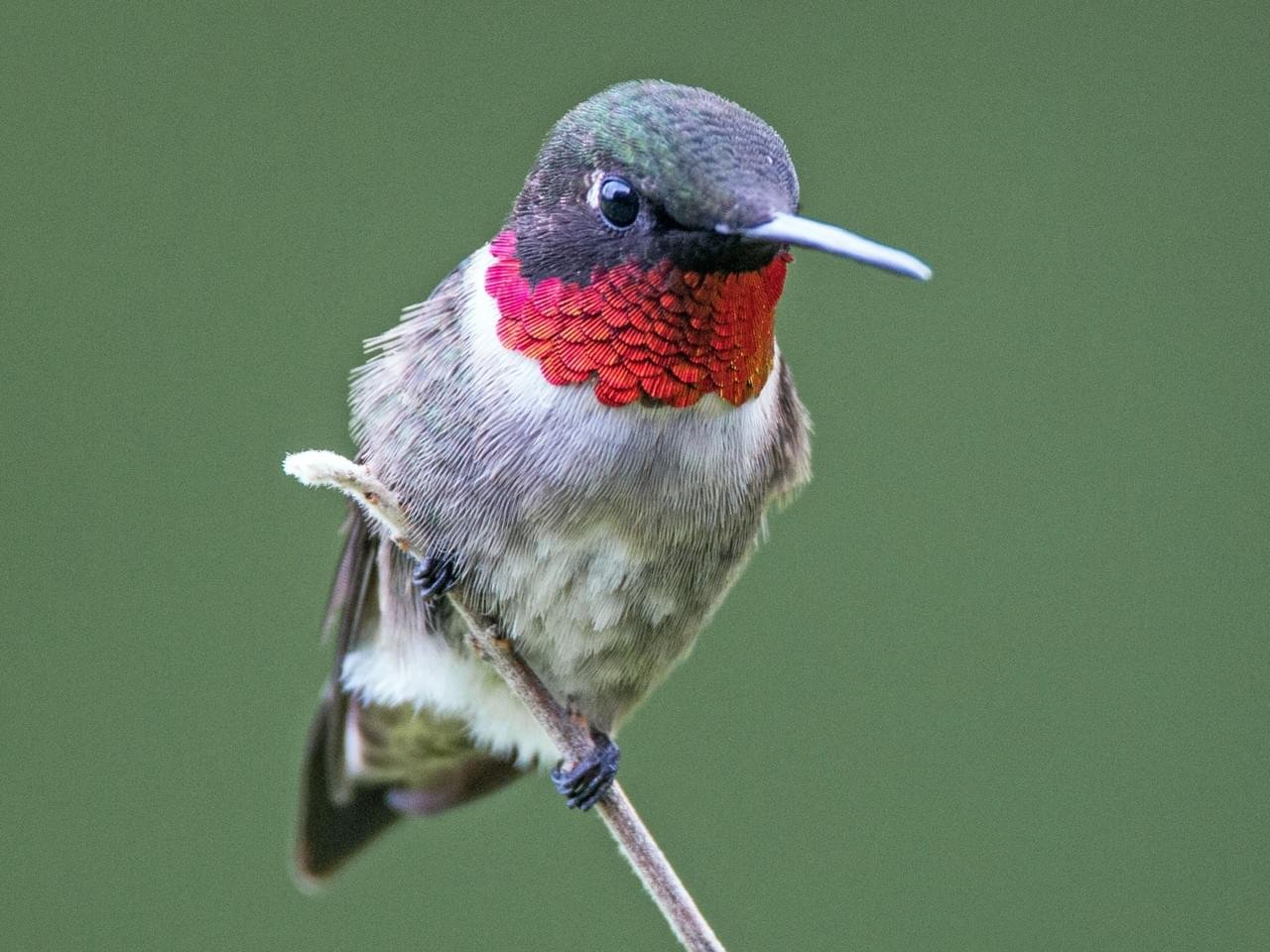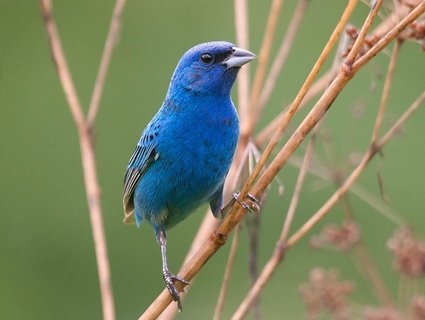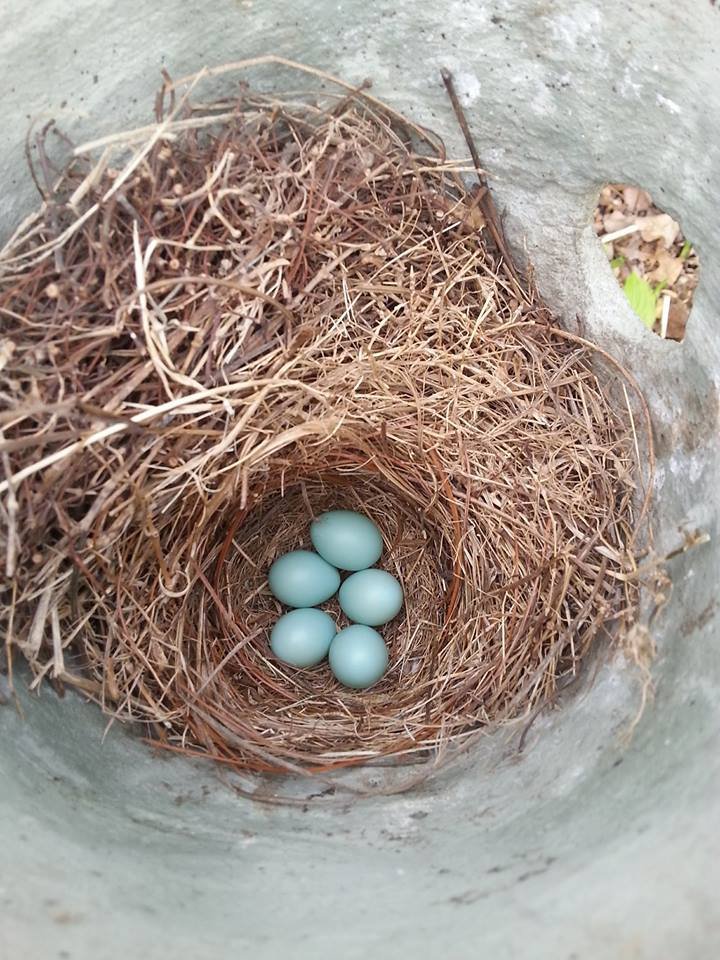Rose-breasted Grosbeaks and Continued Feeder Activity
Isaac Newton is credited with the saying “what goes up must come down”, and while he had no idea what a Rose-breasted grosbeak was, the saying holds true for them as well as other migratory birds. All neo-tropical migrants that pass through Tennessee on their journey north during the spring migration will again pass through during fall. This is great for us bird lovers, because it gives us a chance to spot species we might have missed earlier in the year, such as Baltimore oriole, Rose-breasted grosbeak, and numerous species of warblers.
Non-breeding Tennessee warbler
Ironically, this member of the warbler family is only seen in Tennessee during Spring and Fall Migration, instead breeding in Canada and wintering in Central and South America.
Reports have begun trickling in of Rose-breasted grosbeaks on feeders, so keep your bird feeders filled and your eyes and ears open for these colorful visitors. While not as prevalent in the fall as in the spring, Rose-breasted grosbeaks are known to visit feeders during fall migration. This year, as of writing this, we have already received three reported sightings. It is possible that with the last several months of dry weather, there may be less of an abundance of food available in the wild and this will drive them to visit feeders in greater numbers. Males are hard to miss with their striking black and white appearance, deep red throat, and substantial seed busting bill. Females are less colorful, and have been described as looking like a “House finch on steroids”. Juvenile males are an interesting combination of both in terms of appearance. Fortunately for us, these seed eaters are not picky, and will happily gorge themselves on sunflower (in and out of the shell), safflower, and peanuts.
“They’re eating me out of house and home!” is a saying we hear so often in the spring and early summer that it all but works its way into our dreams. However, come late September, this is not something we expect to hear. We are generally skeptical of reports of “busy” feeder activity this time of year, as time and again we can say with confidence that September and October are the slowest feeder months of the year. However, this year seems to be different. In addition to feedback from multiple customers of good activity feeders, we have been noticing this at our own feeding stations. A quick glance out my window at my platform feeder before coming in to the store rewarded me with the sight of 3 Carolina chickadees and 3 Tufted titmice visiting simultaneously. I looked out at my suet log feeder and had 2 White-breasted nuthatch feeding. While seeing 8 songbirds on two feeders is far from monumental, it is more than I would expect for a warm late September morning.
Copper Anti-microbial Birdbath Disk
Help keep your bath clean and healthy with the purifying qualities of pure copper. Chemical free all natural 4" diameter copper water purification disk is 99.9% pure American made copper. It’s designed to sit up off the floor of the bath with 3 “feet” to ensure that the entire surface area of the disk is in contact with the bath water insuring maximum benefit. The disk is made here in the USA with copper sourced from Revere Copper, Rome New York. Tarnished copper does not lose any of its beneficial qualities. Simply place in any bird bath for chemical free water purification.
The antimicrobial properties of copper surfaces are firmly established.
Copper has been used since ancient times to disinfect and purify water. In modern times many scientific studies have proven that copper alloys possess excellent potential in controlling the spread of infectious diseases. In fact, after rigorous testing, the U.S. Environmental Protection Agency registered copper alloys as antimicrobial public health materials.
Importantly, research by the University of Southampton, UK, shows that copper can virtually eliminate the Influenza A virus within six hours of exposure. This is an especially important finding because a member of this virus family is the virulent Avian Flu strain.
In addition to eliminating bacteria and viruses, copper has also been proven to destroy mold and algae. Adding an Erva Anti-Microbial Bird Bath Disk to your bird baths will facilitate cleansing and contribute to the health and safety of your visiting birds by eliminating water-borne pathogens.
How it works: The bactericidal activity of copper is mainly attributed to the release of ions, which are recognized by various microorganisms as an essential nutrient—and allowed to enter the cell. Once inside they affect the integrity of the membrane, generate intracellular oxidative stress and are genotoxic, meaning that the ions impede the cell from breathing, eating, digesting, or creating energy— resulting in the death of the microorganism. Antimicrobial copper continuously kills pathogens, even when tarnished.

















